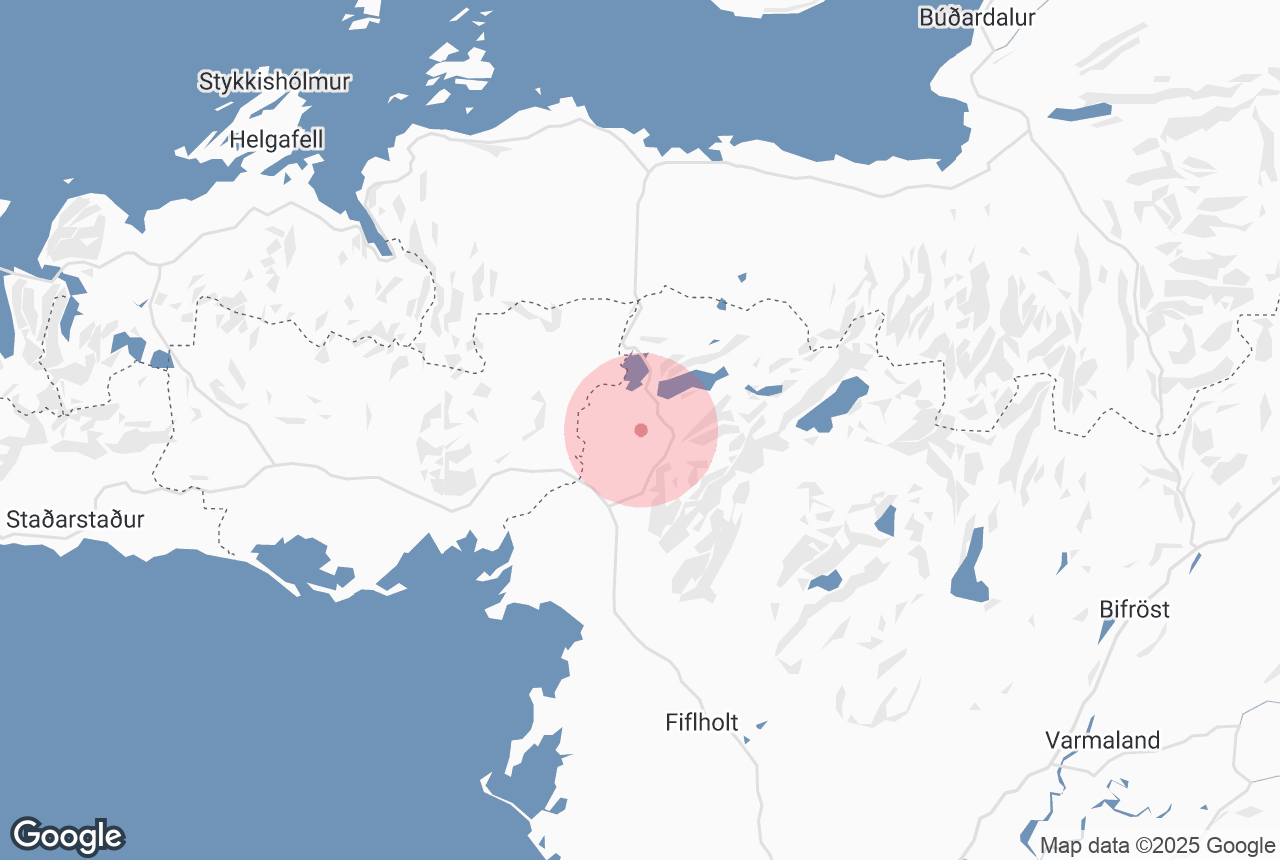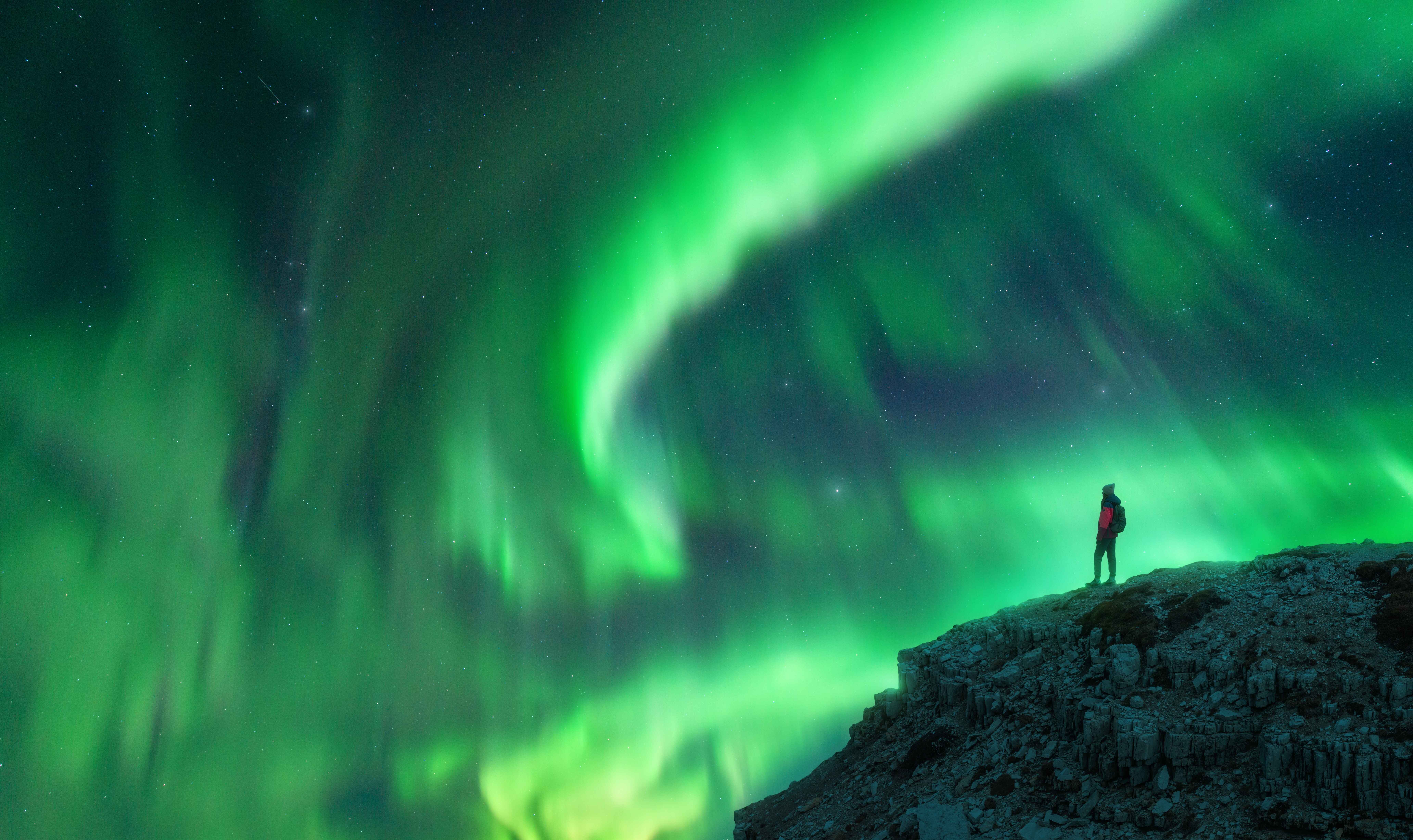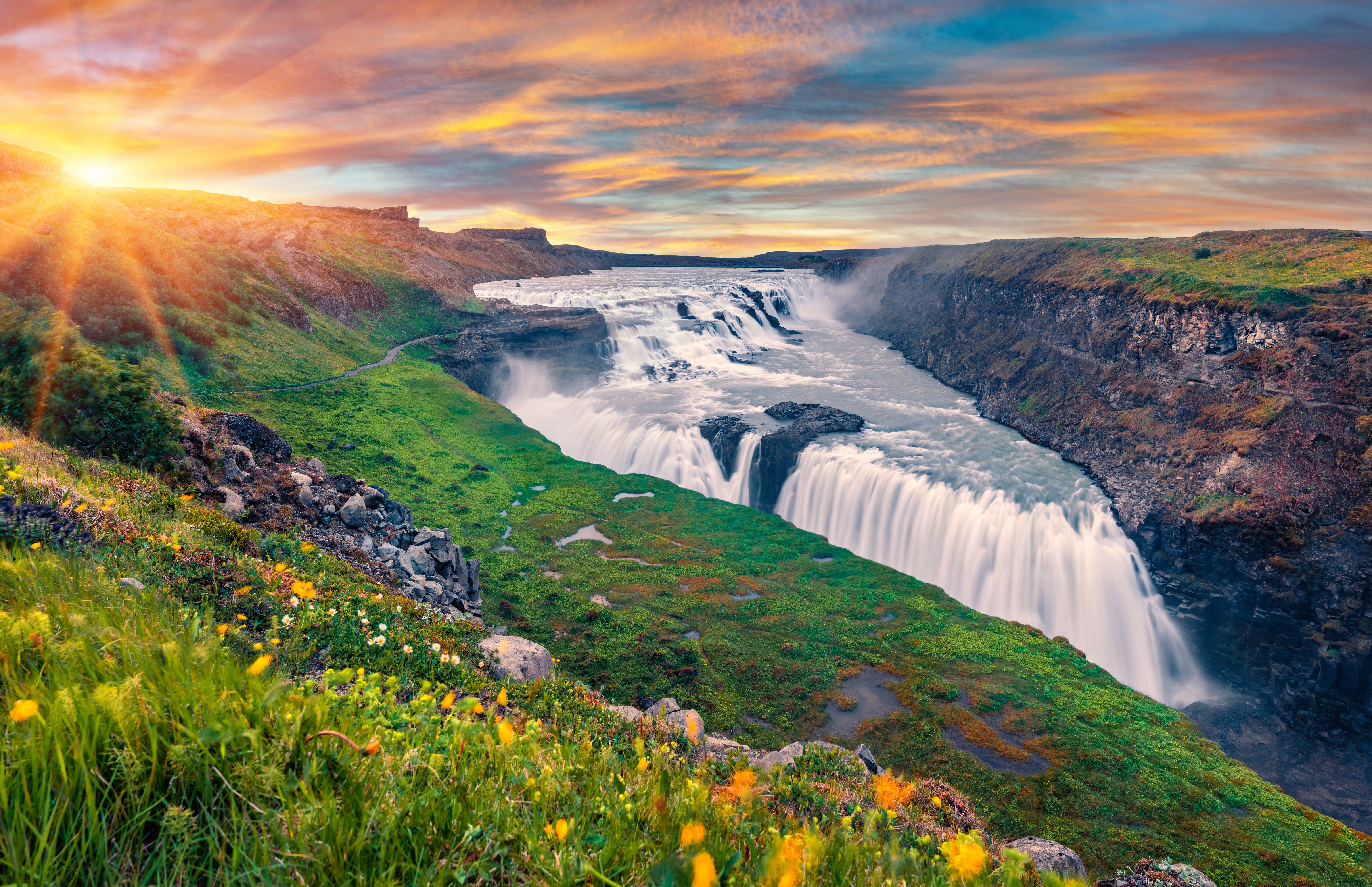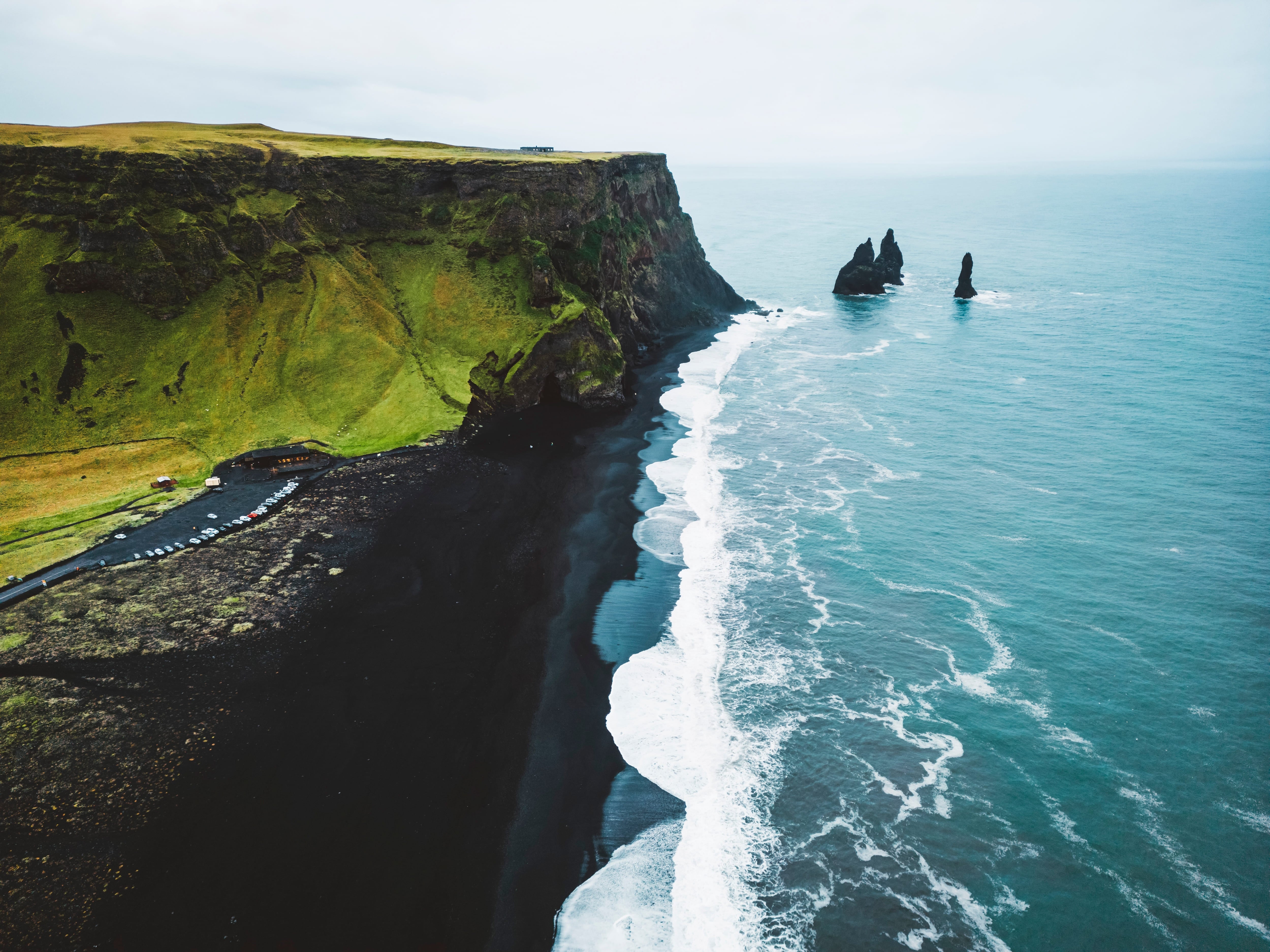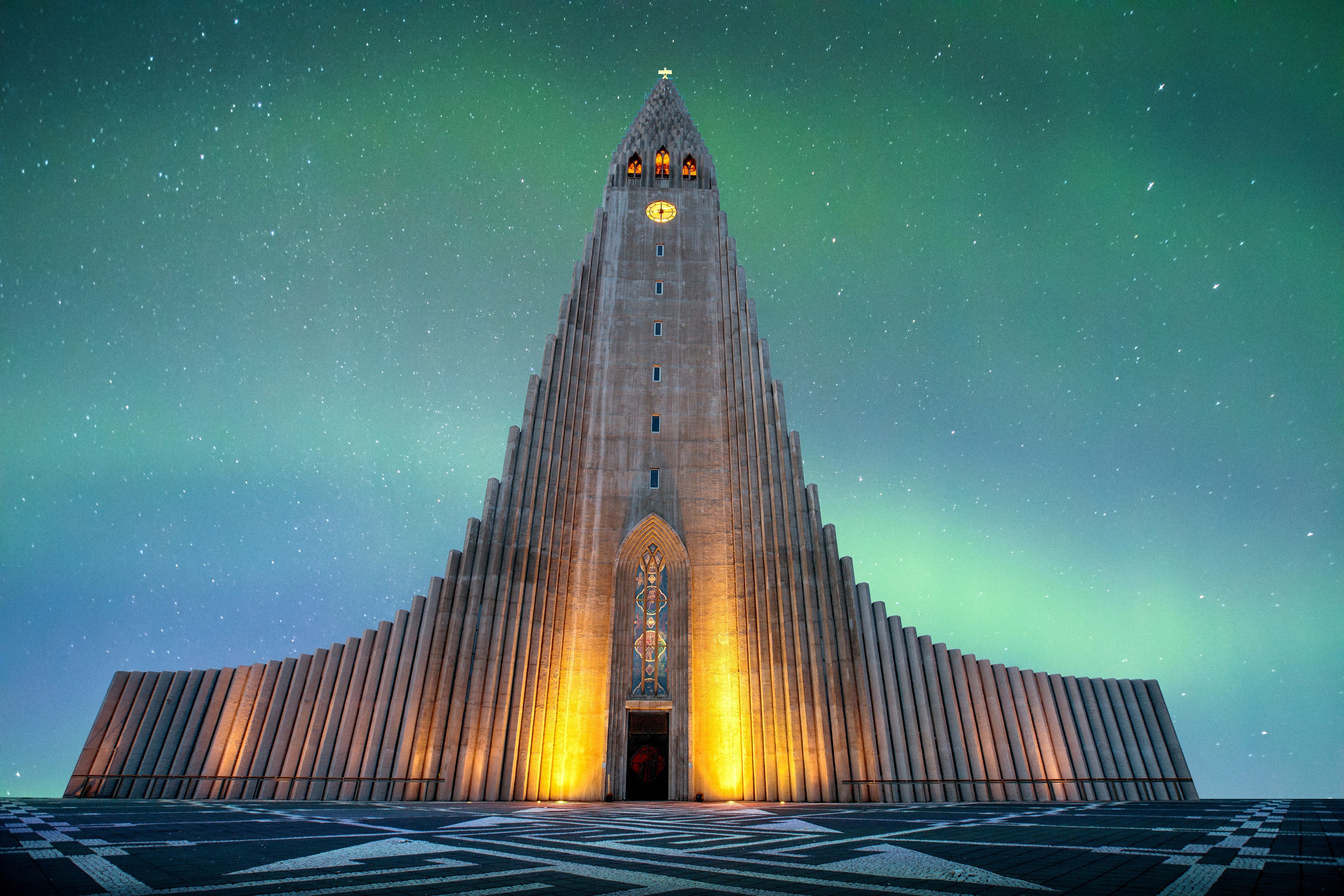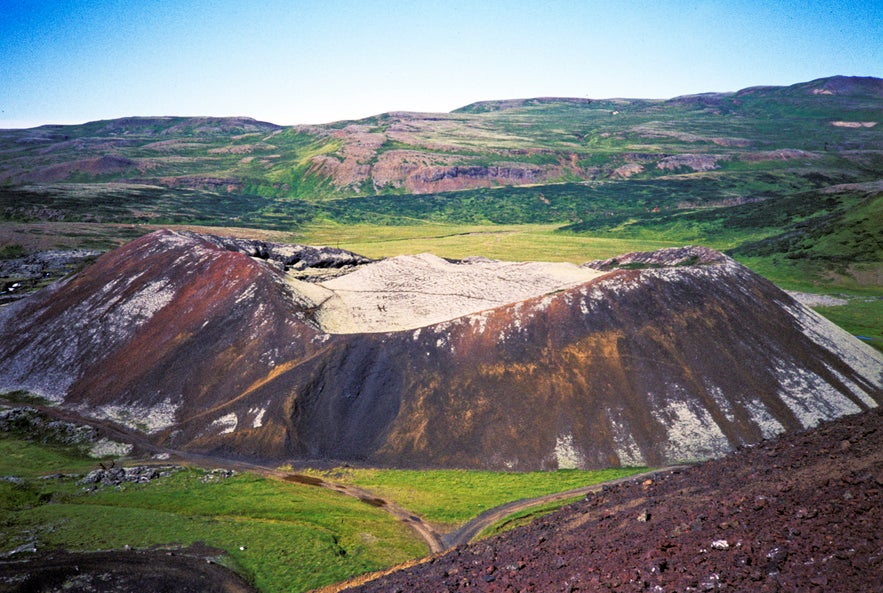
Ljósufjöll is a central volcano and fissure vent system, located on the Snæfellsnes peninsula’s volcanic zone in West Iceland.
Learn about and see more of this region on a tour of the Snaefellsnes Peninsula.
저희의 콘텐츠를 신뢰할 수 있는 이유
가이드투아이슬란드는 아이슬란드에서 가장 믿을 수 있는 여행 플랫폼으로, 매년 수백만 명의 여행객이 저희와 함께 아이슬란드를 방문합니다. 저희의 모든 콘텐츠는 아이슬란드를 누구보다 잘 아는 현지 전문가들이 작성하고 검토하므로, 정확하고 신뢰할 수 있는 최신 여행 정보만 제공합니다.
Photo from Wikimedia, Creative Commons, by H. Grobe. No edits made.
Geology and History
The system’s length is approximately 90 kilometres (56 miles), and its highest point is at 988 metres (3,421 ft) above sea level. Ljósufjöll reaches from the lava field Berserkjahraun to the university village Bifröst and its volcanic Grábrók craters. The eruption that created the system dates back to the 12th Century and proclaimed the lives of about 80 people, including Magnús Einarsson, then the bishop of Skálholt.
The system contains cinder cones and is furthermore the largest Quaternary rhyolitic outcrop in the entire volcanic zone. The central volcano of Ljósufjöll is highly silicic, which causes its light colouration and sparked the system’s namesake, but Ljósufjöll translates to Mountains of Light.
